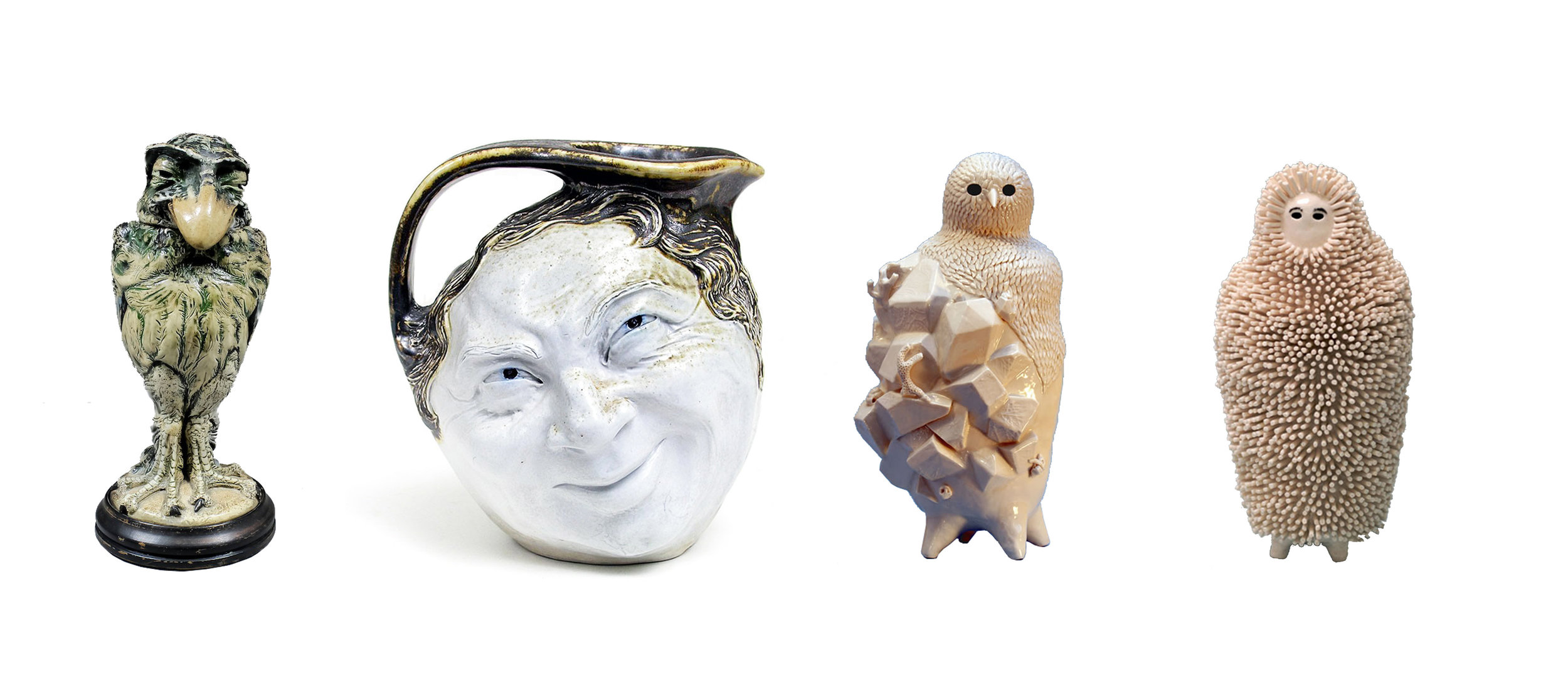Simple farmstead vernacular is immensely appealing, lacking the ubiquity of chichi city buildings. Unpretentious, under-articulated and humbly risen from the place it sits, the cottage is the crucible of our culture. Simple materials and design in a vernacular minimalism; pure functionality through localised evolution. The cottage was the little white-washed power-house of a western smallholding, producing food for itself and the nation.
The farmstead has fallen out of liveable use and nature reclaims what was borrowed from it; the lissom lime render caking off, caving corrugated roofs and chimneys collapsing onto a mound of nettles. If we stand for a moment on the brink of forgotten, and look around at our island vernacular, we can appreciate the art of the broken. The Japanese call it kintsugi; reparation of the broken pieces – the beauty of the mends in something that was surely to be discarded. The fissures are expressed; the damage is accentuated, creating something profound. There is enormous opportunity to explore this artistic ideology in architecture, in vestiges of our broken vernacular. However, the result should become something more beautiful than the original pieces, otherwise leave well alone.

